MARTINIQUE
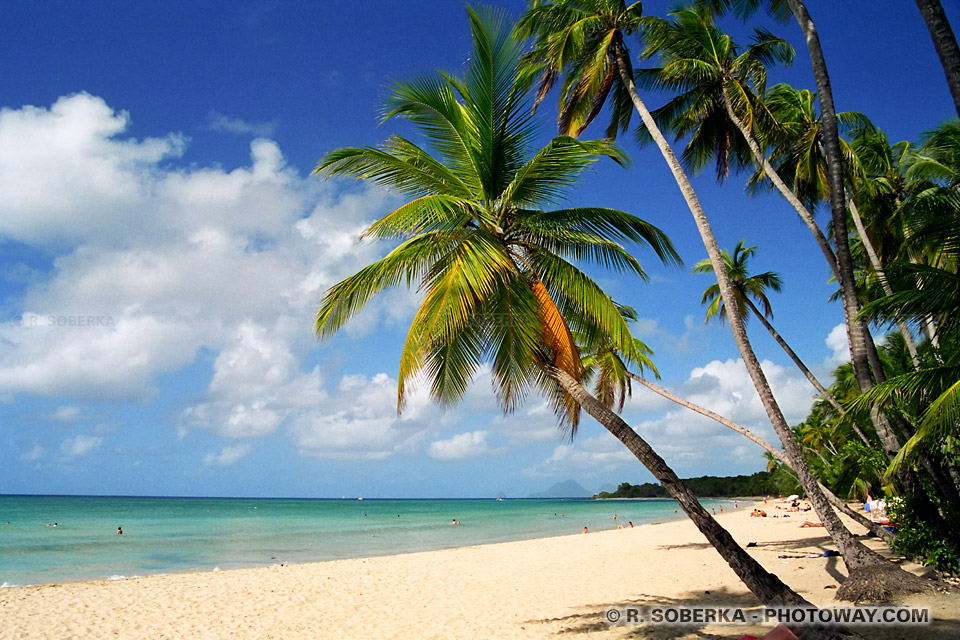
Welcome to Martinique, the Pearl of the Caribbean!
This tropical island, located 7,000 km from Paris, is part of the Lesser Antilles archipelago between the Tropic of Cancer and the Equator.
The island measures about 60 km long by 25 wide, its coasts are bathed by the Atlantic Ocean and the Caribbean Sea, all dominated by a 1,397-meter volcano: Mount Pelée.
As a French overseas department, Martinique, with its 400,000 inhabitants, is a small piece of Europe in the heart of the Caribbean!
Yes indeed!... The local currency is the Euro for those who may doubt it!
Often called "the island of flowers," Martinique offers, of course, the most beautiful postcard images, but also a strong cultural identity forged over the centuries.
You can also directly access the chapter of your choice by clicking on one of the photos below:

Sun and Beaches!
This first chapter presents the relaxation aspect and vacations in Martinique with sunshine and beaches on the menu.
An essential stopover during a first trip to Martinique: the most beautiful beach of Martinique, the Salines beach, bathed by the Caribbean Sea.
It's also a highly sought-after spot by Martinicans and their children.
Depending on the weather, you can take a photo of a magnificent rainbow, choose to tan under a coconut tree, or participate in one of the many cruises in Martinique.
The seasonal vendors who roam under the leaning coconut trees are part of the landscape of Anse des Salines beach, as are the pleasure sailboats sailing offshore to enjoy a magnificent sunset.
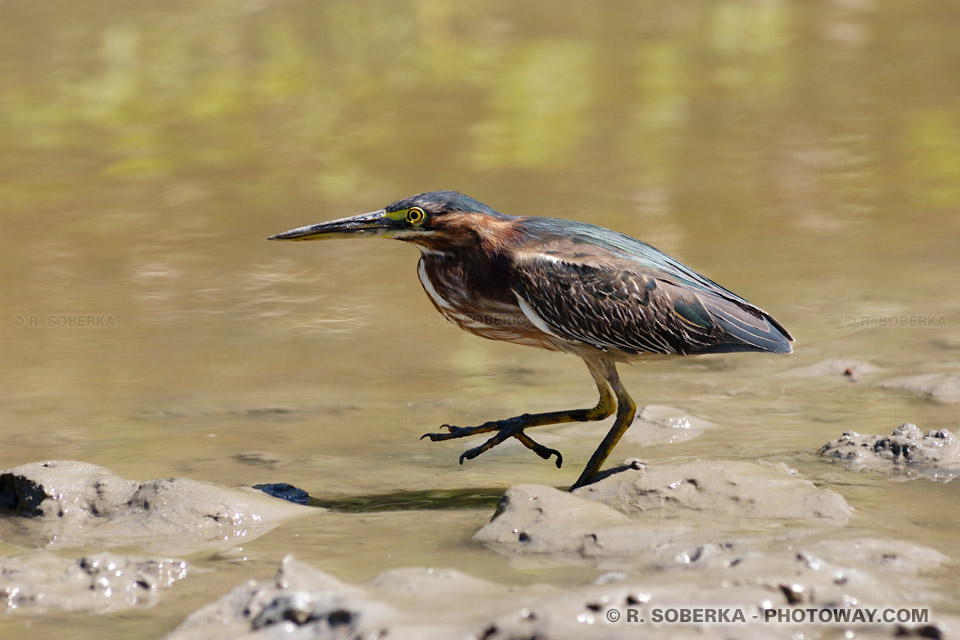
The Mangrove
The second chapter on Martinique is specifically dedicated to the mangrove.
Around the Salines pond, you can observe the presence of marine salt concretions.
Further on, there is the mangrove, where the mangrove tree is the main element, and it shelters a typical animal diversity of tropical islands: red crabs (or Touloulou crabs), the violinist crab (or fault-finding crab), herons, including the green heron "Caïli"...
Images of the Martinique fauna are associated with other birds, such as the Snowy Egret, but also lizards, notably the Anole lizard, toads including the toad Buffle...
While strolling through the Martinique savanna, be sure to also take photos of zebus. But above all, during your walks, beware of the dangers represented by Manchineel trees.
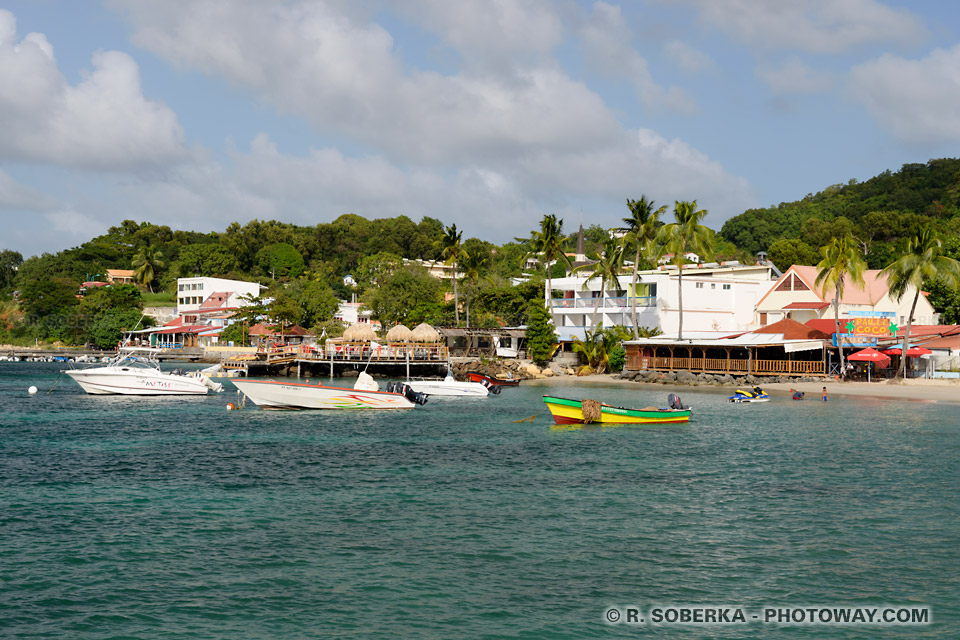
Sainte-Anne
This third chapter offers you a visit to the village of Sainte-Anne, in the south of Martinique.
This chapter, in the form of a tourist guide, invites you to discover photos of a picturesque Creole house. After admiring different styles of these Creole houses, head to the cemetery of Sainte-Anne to photograph its all-white graves.
You can then make a stop in the bay of Sainte-Anne, and, referring to the practical information from the travel guides, you will easily find the road to reach the Pointe Marin, a popular place for vacations in Martinique, where you have the choice between a vacation rental in rural lodges or campgrounds, in short a wide choice for your accommodation.
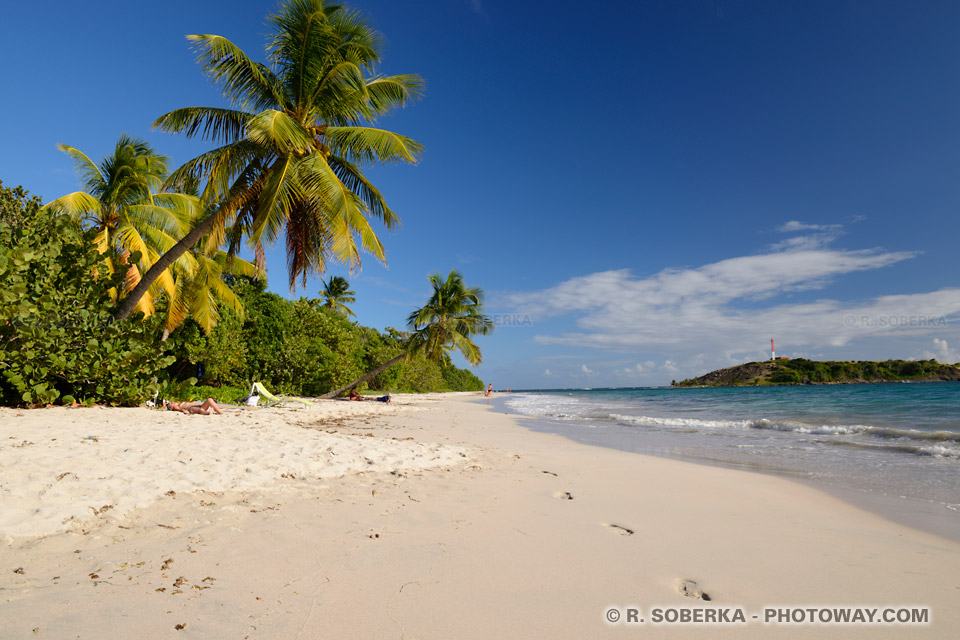
Stroll in the South Point
The fourth chapter takes you on a photo walk around the southern tip of the island.
Among all the hikes, this one allows you to admire the wild coast of Pointe Dunkerque, Anse Meunier where you can photograph a Robinson Crusoe hut, preserved from the rising sea levels, which is by the way a notorious gay spot.
Beyond the Salines beach, stop at the Anse à Prunes where you can admire the Devil's Table.
And finally, end your journey in the petrification savanna, at Pointe d'Enfer.
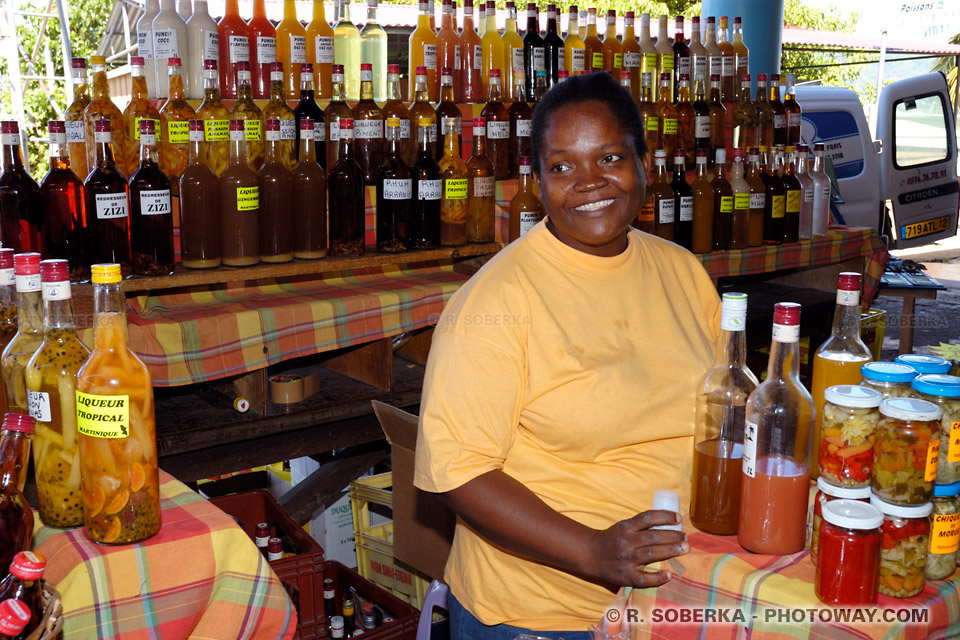
Antillean Markets
The fifth stage of this journey in Martinique: a stroll through the market of Sainte-Anne.
Let yourself be carried away by the colors of the Punch planteur or ti Punch, the tastes of the many varieties of jams, and the smells of aphrodisiac spices.
The merchants will also offer you to taste exotic fruits, avocados, pineapples, fig bananas, and they will even sell you whole bunches of bananas!
This journey into the land of tastes and colors cannot end without a visit to the fish market.
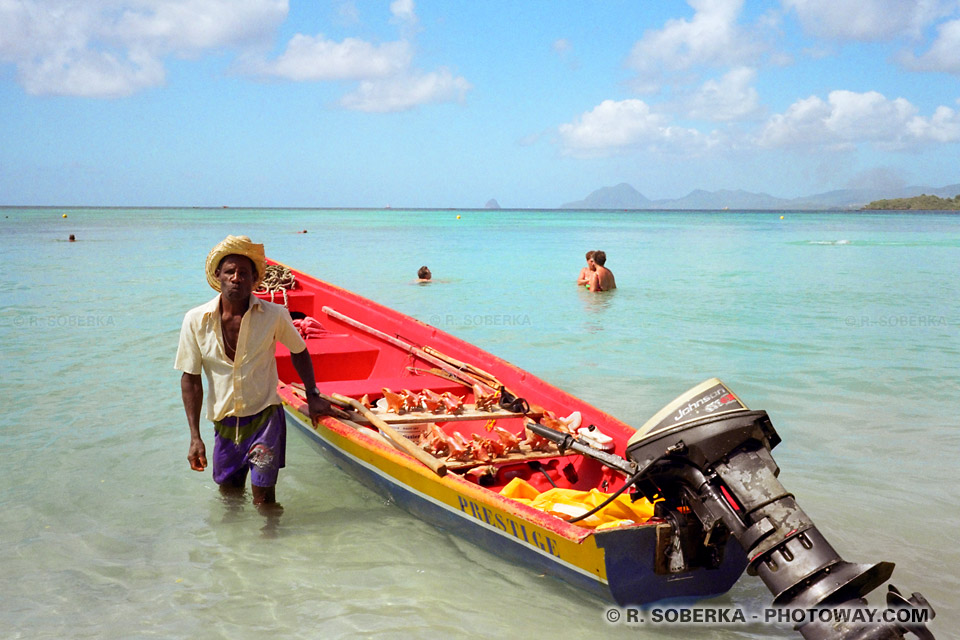
Martinique Fishermen
In this sixth chapter, come and familiarize yourself with the world of Antillean fishermen.
Around the fishing boats, you will inevitably meet Martinique fishermen who still often use lobster pots to continue the traditional fishing of lobsters and other crustaceans.
They use colorful fishing nets and practice seine fishing.
Some throw the fishing net and others Martinique fishermen pull it out of the water.
Finally, like this fisherman opening a fish, beware of ciguatera, a toxic algae that poses a real danger.
Some Martinique fishermen will choose to sell shellfish, such as conchs.
Meanwhile, some old Martinique fishermen still use the fishing rod.
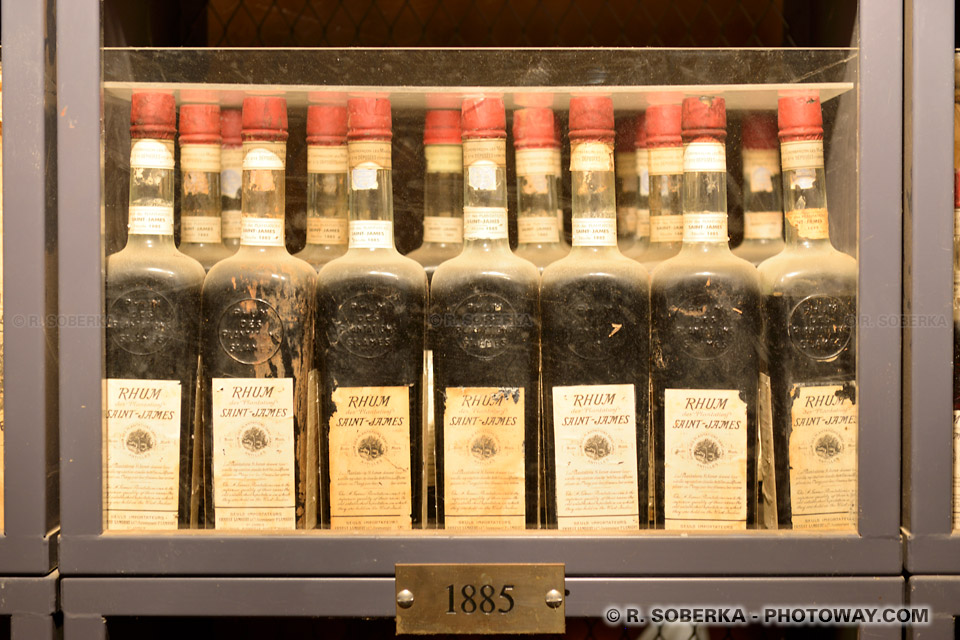
Rum Galore!
Chapter 7 of the photo journey takes you on a discovery of rum.
At the origin of the rum bottles, there is the sugar cane which, once cut, is sent to the distilleries - one of the most famous being the Trois Rivières distillery - to be unloaded on gantries which take it to a huge rum production machine featuring a series of giant gears, these machines were often manufactured in mainland France as indicated by their signage plates.
After passing through the grinders, the sugar cane is stored in fermentation tanks and to complete the rum production, the cane wine passes through distillation columns.
Thus is made the agricultural white rum. It's an old economic activity like this little steam train or like this old rusty sugar cane crusher. And there you go, you know almost everything about the rum production in Martinique.
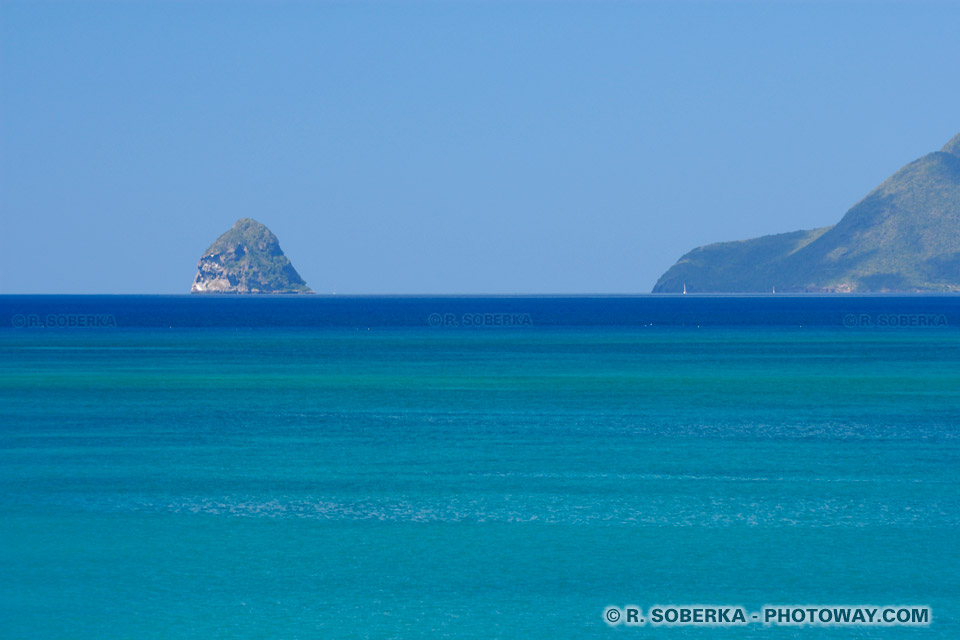
Southern Caribbean Diamond
This eighth chapter invites you to discover photos of the Diamond region.
This rock, which seems to be placed on the horizon, was the subject of a Franco-British conflict; the capture of Diamond Rock was indeed intended to control the Saint Lucia Channel, and thus the access to Le Marin and Sainte-Luce.
In front of Diamond Rock, there is... the town of Diamond, with its traditional market.
Your journey will then take you to Anse Cafard, where a dark page of slavery history was written.
You will also pass by the House of the Convict before arriving at Anses d'Arlet, an adorable village where a good diving school is located.
Finally, you can take some more holiday photos at Anse Noire or Anse Dufour.
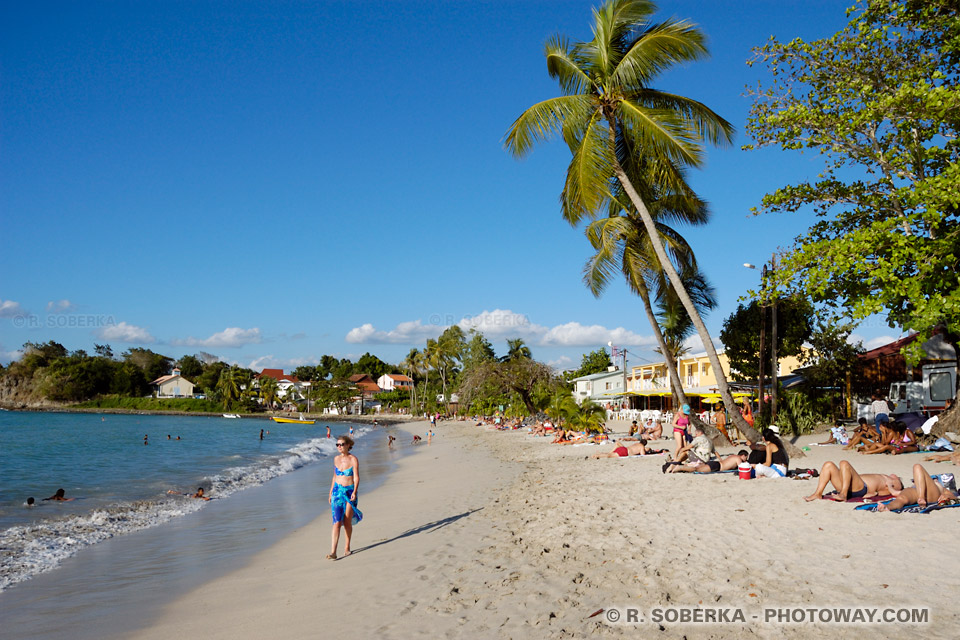
Anse Mitan
The ninth chapter further explores the discovery of the "Southern Caribbean" region of Martinique:
Anse à l'Ane and its campsite, Anse Mitan, Pointe du Bout and its marina.
Continue your journey by visiting Trois-Ilets, its church, and its old Martinican houses.
A little further on, and after a detour to the Parc des Floralies, you can photograph an old sugar refinery located just in front of the Pagerie Museum.
During the museum visit, you can see photos of Napoleon Bonaparte and his wife, Empress Joséphine de Beauharnais.
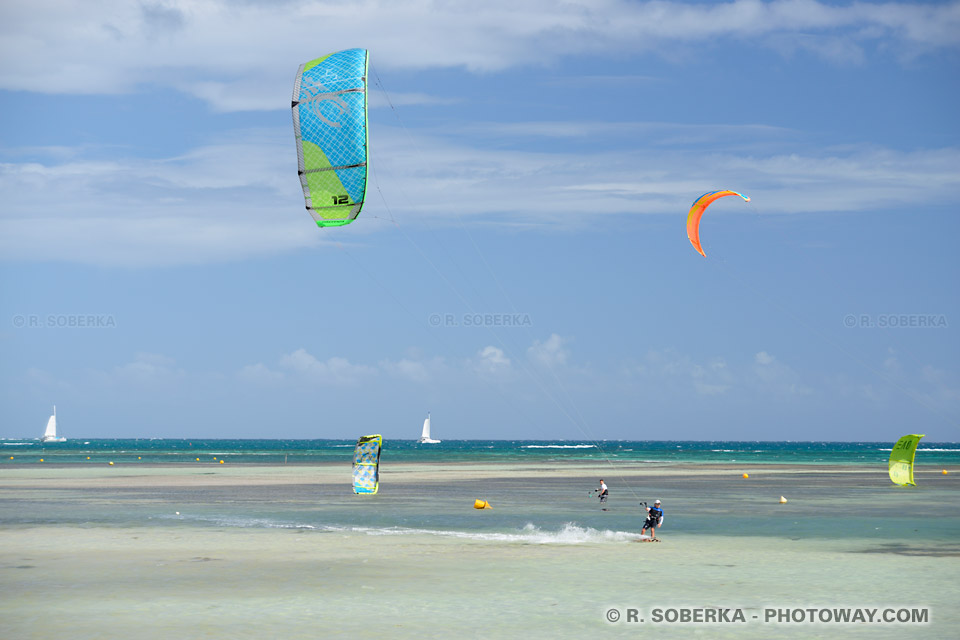
The Fonds Blancs...
Tenth stage of this journey in Martinique: the white bottoms.
After the village of Le Vauclin, make a stop at Pointe Faula where you will discover magnificent white bottoms on this Atlantic shore with crystal clear waters, with in the distance the coral reef.
Once past the town of Le François, visit Le Robert, its covered market, its town hall, and finally its church.
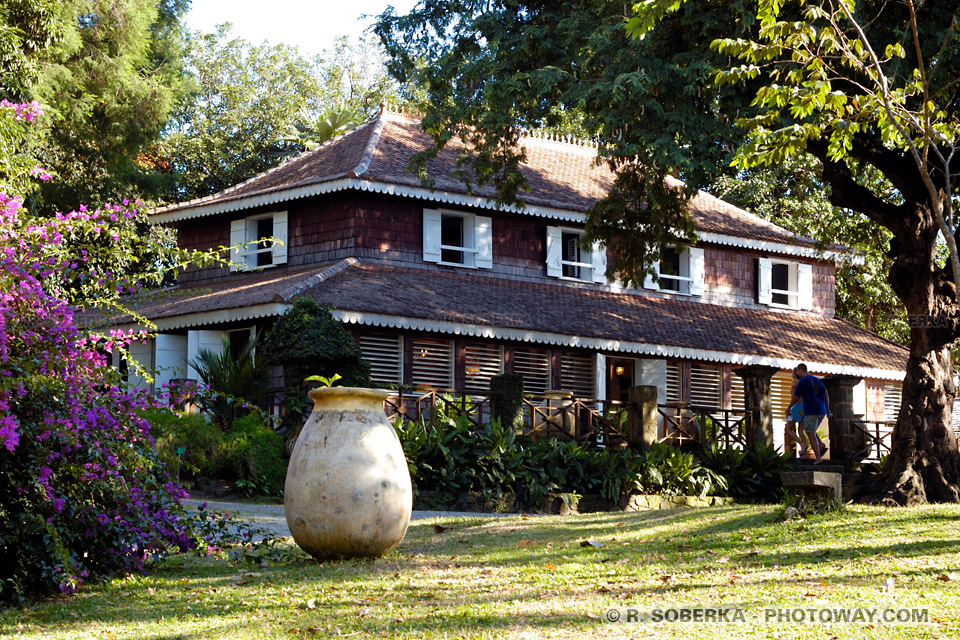
Habitation Clément
During the eleventh stage of this virtual journey in Martinique, discover photos of a famous West Indian residence: Habitation Clément.
The visit to Habitation Clément starts with the living room with its colonial furniture, the bedroom, and then the secretary. All around Habitation Clément, a botanical park will encourage you to take photos of tropical orchards.
But the highlight of the visit is certainly the rum cellar of Homère Clément - who gave his name to Clément rum - which will also allow you to travel through the history of this family distillery where countless oak barrels containing aged rum are still stored.
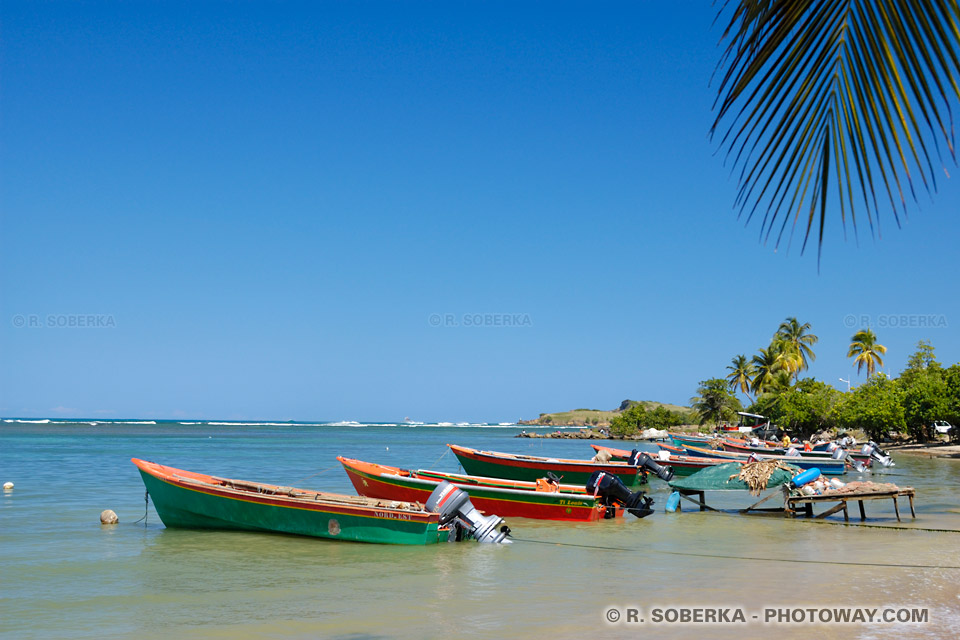
La Caravelle - Tartane
The twelfth chapter of this travelogue in Martinique takes us to discover La Trinité and then to the village of Tartane where you will find hotels or other forms of accommodation to make a stopover.
You can also choose to continue your visit of the Caravelle peninsula by passing through the beaches of Anse l'Etang, then stop, like the surfers, at Anse Bonneville.
At this location, there is a surf spot where the waves of the Atlantic provide moments of happiness, fun and gliding for surfers.
If you prefer old stones, pass by the Dubuc castle and visit the slave museum.
Finally, a lighthouse located at the northern end of the Caravelle peninsula will allow you to have a breathtaking view of the Mount Pelée, famous volcano of Martinique, or to guess the presence of a fishing yole lost in the Atlantic Ocean.
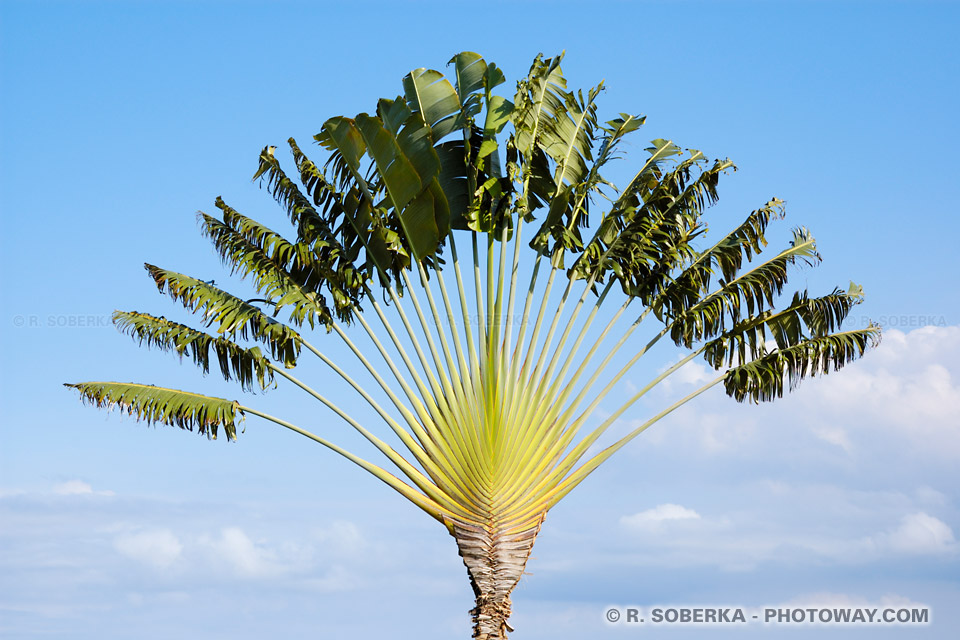
The Leyritz Plantation
In this thirteenth chapter, the journey to the north of Martinique continues to take us via Le Lorrain - a small town with a dying tourism, despite its black volcanic sand beach - to discover the Leyritz plantation where you can find slave dormitories converted into hotel rooms!
A wide range of rates is offered for this hotel whose rooms are impeccable, while the master's house or the guardian's house are both left abandoned.
In this green oasis, you can admire and take a photo of a traveler's tree, a banana tree with intensely green leaves. You can also observe young coconuts, vines, tropical flowers like the hibiscus, mauve bougainvillea or red-colored ones.
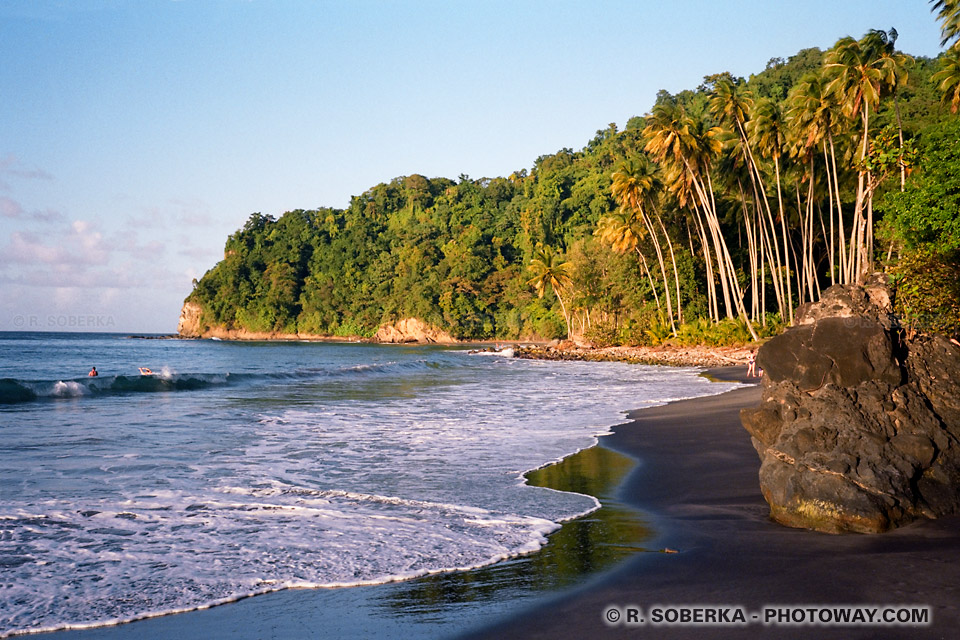
The North Point
This fourteenth chapter proposes to tour the northern point, starting from Grand Rivière, from where you can see the coasts of Dominica island.
Let's leave Grand Rivière behind to start a hike to Anse Couleuvre.
During this trek, through the primary forest, you can take photos of calabash, breadfruit tree, and even, along this sometimes dangerous path, encounter the Matoutou spider!
This hike from Grand Rivière to Anse Couleuvre will offer you a magnificent panorama of the Caribbean coast and will allow you to discover numerous coves, like Anse à Voile and its beach or even a wild paradise at Anse Lévrier with its Blowhole.
Finally, once arrived at Anse Couleuvre, your hike ends with a superb sunset, and you can admire off the coast the giant catamarans sailing peacefully on the Caribbean Sea.
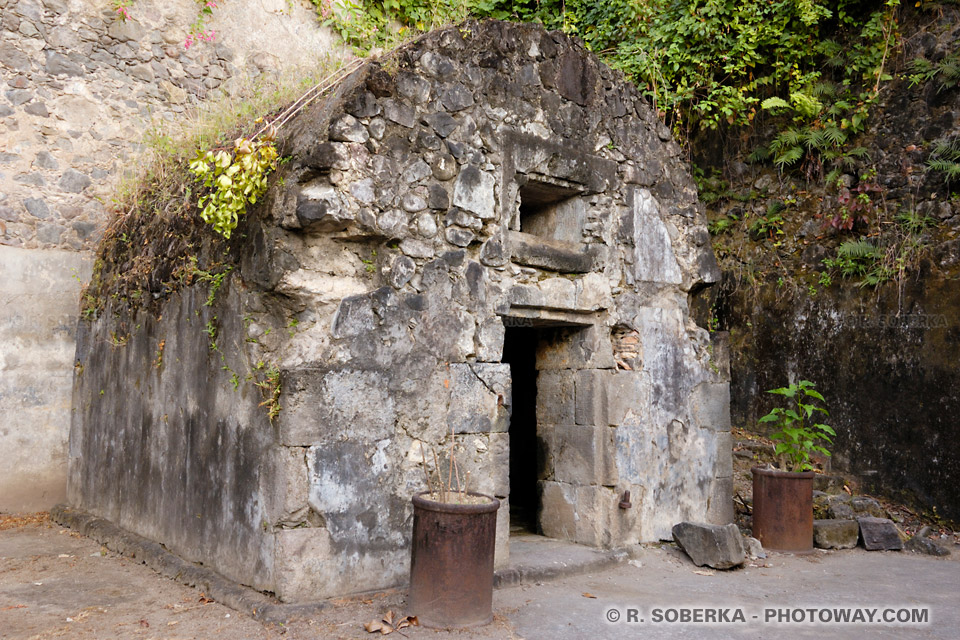
Saint-Pierre
This fifteenth step will take us through the history of the discovery of Martinique by Christopher Columbus in 1502. Indeed, the navigator landed here, on a beach that would become the city of Saint-Pierre. Unfortunately, Saint-Pierre was ravaged by the eruption of the Martinique volcano on May 8, 1902.
After the destruction of the city of Saint-Pierre by a pyroclastic flow, only old photos of the cathedral give us an idea of the beauty of the building before the ashes and debris.
The cathedral was rebuilt but not the theater.
The eruption of Mount Pelée in 1902 spared the life of Louis Cyparis, imprisoned in a cell of the prison, since then called Cyparis Cell.
The city of Saint Pierre today has only 5,000 inhabitants who see in the bright red sky, at sunset, a reminder of the tragedy.
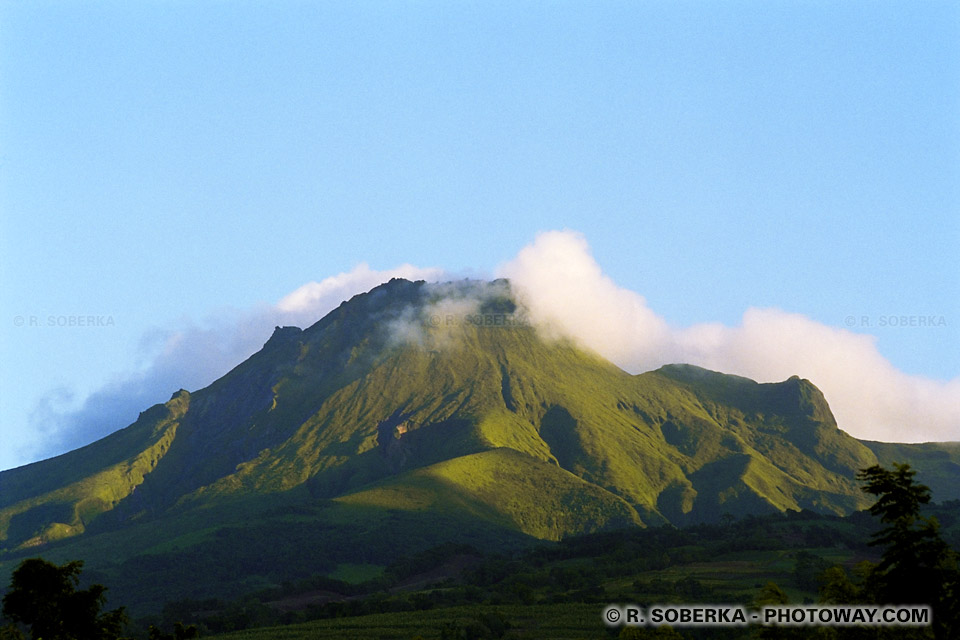
Mount Pelée
The sixteenth chapter will be more sporty, with the discovery of the volcano of Martinique.
Morne Rouge, a village located at the foot of the volcano, has erected a monument to pay tribute to the victims of the volcano eruption.
From the window of the youth hostel, you will have a magnificent view of Mount Pelée.
But pack warm clothes for a climb of the volcano.
Indeed, the ascent of Mount Pelée will sometimes take you through fog before reaching the Chinese Dome, the summit of Mount Pelée.
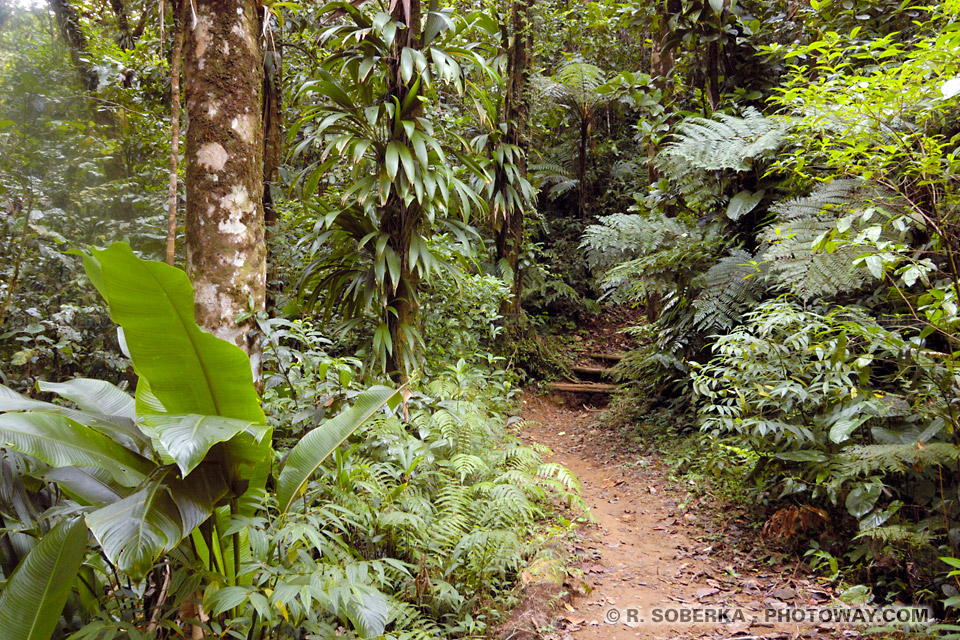
Tropical Hikes
This seventeenth chapter is dedicated to hiking.
For example, around the Gorges de la Falaise, you will have the choice between numerous hikes that Martinique offers. A little further, the Jesuits Trail also offers a superb hike and will even offer you a vertiginous descent before crossing the Lorrain River where you can take photos worthy of a true Martinique photo library.
This hike will even take you to discover a paradise corner lost in the heart of the tropical forest, a jungle where ferns, wild Balisier flowers, plants, and other tropical flowers will undoubtedly be worth photographing.
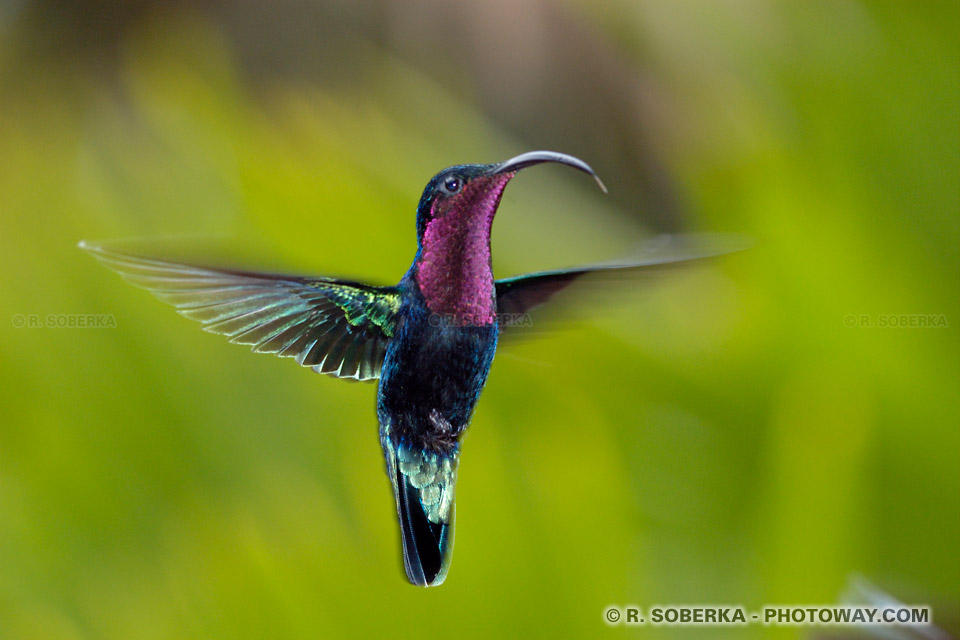
Balata Garden
Chapter 18: the Balata garden.
Photos of extraordinary and exotic plants will make your visit to Balata Garden a journey into the world of scents. From the palm grove, where you will be surprised by the intense colors of the palm leaves, to the water hyacinths, passing through the water lily - of which you can take a beautiful photo - everything is delicate.
You can also discover the Chinese Orchid, the Anthurium from Colombia, the Hawaiian handkerchief, and the banana flower. In terms of photography, Balata Garden is a little paradise for taking photos of hummingbirds, especially of the little green falcon hummingbird.
You'll leave here with quite a few hummingbird in flight images, well if you manage to capture them in flight!...
And if you do, it will probably be your most beautiful bird photo.
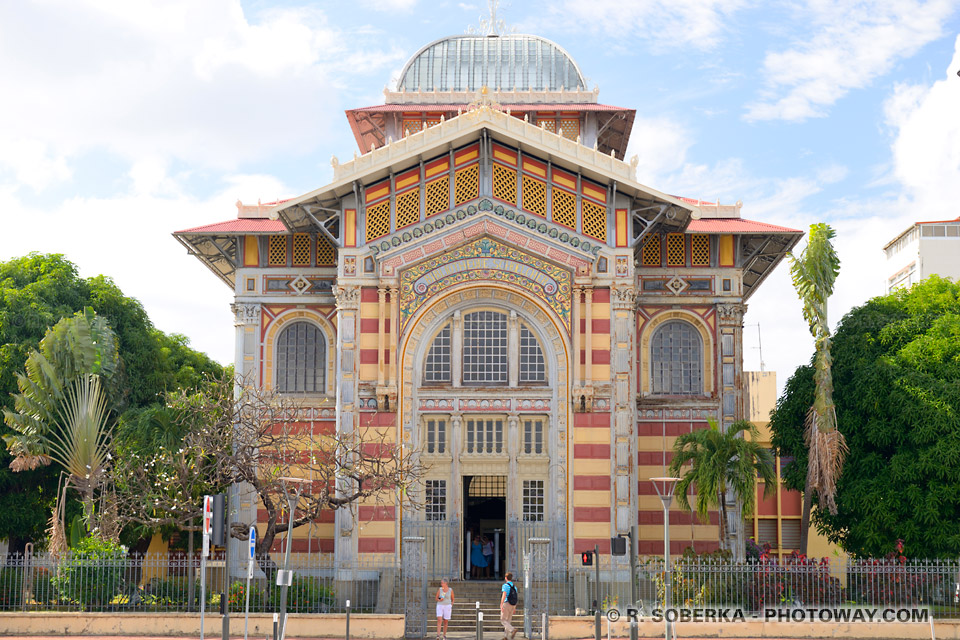
Fort-de-France
The penultimate stop of this journey offers you a photo visit to Fort-de-France, the political and economic capital of Martinique.
Discover the cathedral, the prefecture, the Schoelcher Library. This building was constructed for the 1889 Universal Exposition in Paris. Later, it was converted into a library and named after Victor Schoelcher, a famous figure in the history of the abolition of slavery, and a statue of whom was erected in the city of ...Schoelcher.
Also found not far from the Victor Schoelcher statue in Fort-de-France is that of Beheaded Josephine, in the Savanna Park.
Finally, to end this brief guided tour of Fort-de-France, let's pause for a moment on some tights drying in the sun, heralding the carnival season!
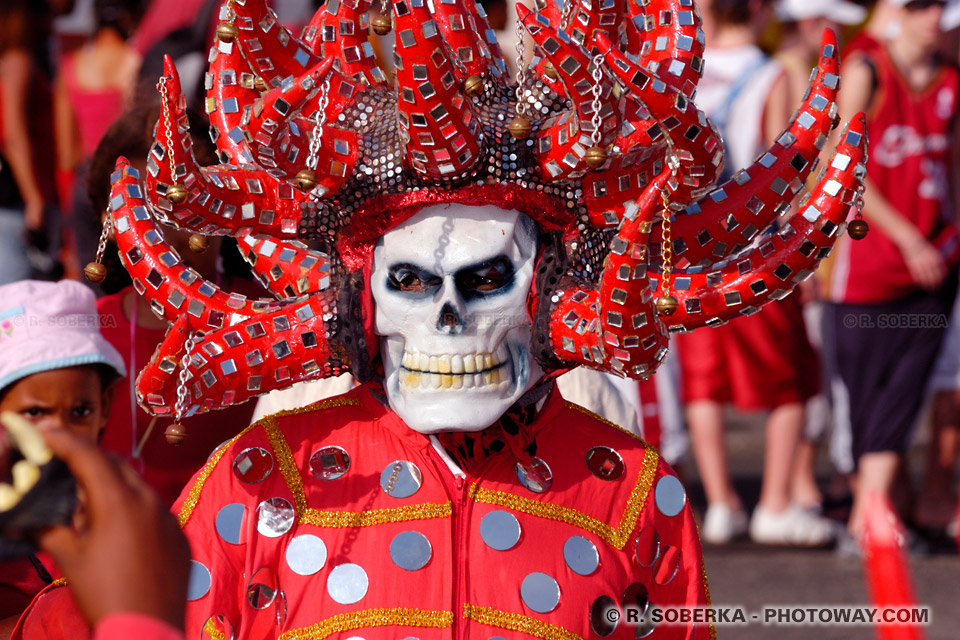
The Carnival
The final chapter is dedicated to carnival in Martinique.
The carnival in Fort-de-France is presided over by Vaval, the carnival king. In this travel journal, you will find photos of dancers with maracas, men on stilts, a Creole dancer, Martinican Blues Brothers, a percussionist, children from the Antilles in disguise, the Brazilian samba queen, whose hip movements display the most beautiful pair of buttocks in the carnival!
All of this shows us colorful characters, like "Miss Fort-de-France" or the carnival mini-queens. And let's not forget the "vidés" or the transvestites... in short, many photos, some of which are sometimes ridiculous, but always in a festive spirit!
On the other hand, the red devils are very impressive, even if they wear a Chirac mask.
To keep up with the rhythm of Antillean music, join the carnival procession and groove to the dance rhythm of a young Martinican.
All photos of Martinique © 1993, 1995, 1996, 1997, and especially 2005 by Richard Soberka